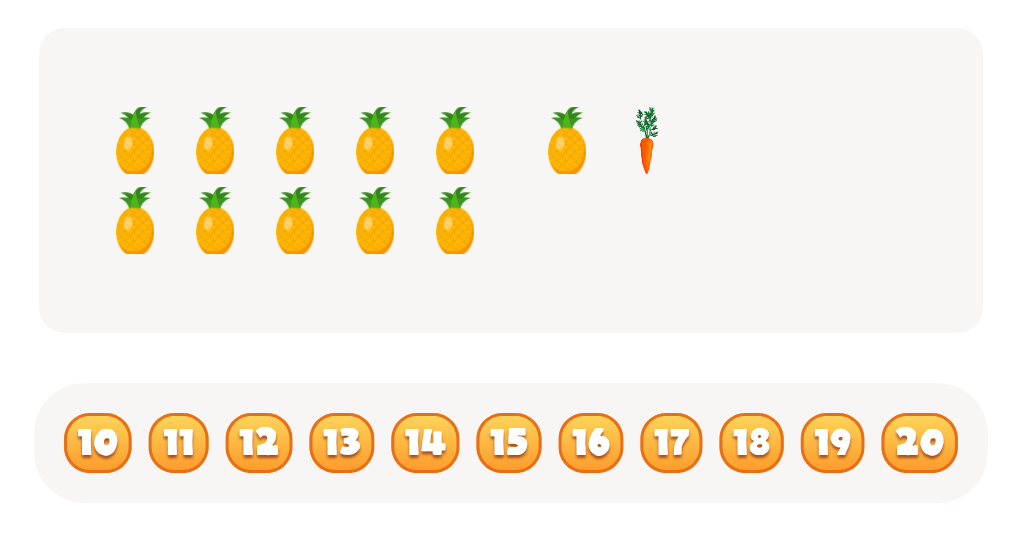Plant identification Plants and Animals Worksheets for Ages 5-7
5 filtered results
-
From - To
Explore the wonders of nature with our "Plant Identification Worksheets" designed for children aged 5-7! These engaging and colorful worksheets help young learners discover the fascinating world of plants and animals, fostering their curiosity and appreciation for the environment. Each activity includes simple instructions that encourage observation and critical thinking, making learning fun and interactive. Children will enjoy identifying various plants through drawings and photographs, developing essential skills in science and environmental awareness. Perfect for classrooms or at-home learning, these worksheets are a great resource to support early education and inspire future naturalists. Start your adventure in nature today!


Types of Flowering Plants Worksheet


Plant Fun Worksheet


Thorns and Spikes Worksheet


What Do Plants Need to Grow Worksheet


Jungle Plants Worksheet
Parents and teachers should care about plant and animal identification for children aged 5-7 because it nurtures a foundational connection to nature and fosters critical skills early on. Engaging children in identifying plants and animals cultivates curiosity and encourages exploration of their environment.
Understanding local flora and fauna enhances children’s observational skills and promotes scientific thinking. These activities introduce young learners to classification, helping them grasp basic concepts of biology and ecology. Additionally, recognizing plants and animals can subtly instill a sense of responsibility toward caring for the environment, as children learn the importance of biodiversity and protecting living organisms.
Moreover, this knowledge enriches children's language skills. Identifying different species provides opportunities for vocabulary expansion, enabling them to communicate their discoveries and feelings effectively. Furthermore, outdoor activities associated with plant and animal identification can foster physical health through active engagement in nature.
Ultimately, early experiences with nature set the stage for lifelong learning and stewardship. By emphasizing the importance of plant and animal identification, parents and teachers can cultivate well-rounded individuals who respect and value the natural world.

 Assign to My Students
Assign to My Students































